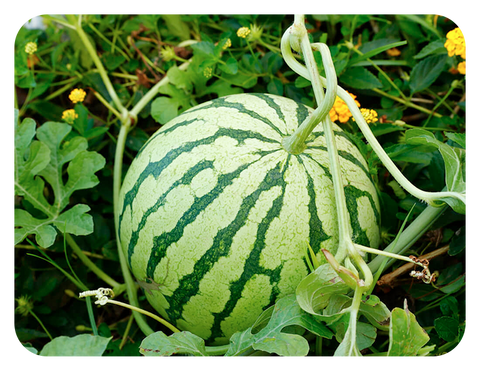If you live in the southeastern United States or other hot areas, you know that not all warm-season vegetables are created equal. Some plants are more tolerant of heat and humidity than others.
Here are our top 10 vegetable picks for hot weather.
- Eggplant - This hot weather vegetable needs plenty of sun and fertile soil to thrive. Eggplant needs constant moisture, about an inch (2.5 cm) of water or rain per week. Start harvesting eggplant before it is ripe, as eggplant is best eaten fresh and is not easy to preserve.

- Okra (Abelmoschus esculentus) - Prepare a nutrient-rich soil, cultivate it deeply, and plant okra in full sunlight. Regular water. The pods are ready to be harvested after two months of planting. Okra pods can be stored in the refrigerator or blanched and frozen.
- Malabar Spinach (Basella alba and B. rubra) - Malabar spinach is not real spinach, but a tropical green color from hot climates such as India. However, its leafy greens look a lot like spinach. It likes moist soil and hot, humid weather. It can grow in sunny areas or in the shade.
- Peppers - Bell peppers and chillies taste better than bell peppers in the hottest places. Their growth is very similar to that of bell peppers and requires rich, well-drained soil in full sun. Harvest your variety according to the change in color and the amount of heat required.
- Southern Peas - Also known as field beans or cowpeas, southern peas include many varieties and seed types, such as black-eyed beans, red beans, and milk beans. They are easy to grow as long as you have constant heat until they are ready to harvest.
- Sweet potatoes (Ipomoea batatas) - Plant sweet potatoes when the soil temperature rises to 70 to 80 degrees Fahrenheit (21 to 26 degrees Celsius) and maintain this temperature throughout the growing season. It only takes six weeks to harvest.
- Tomatoes (Physalis philphilphilica) - Plant at least two tomato plants for fruit. They have similar growth habits and the same pests as tomatoes, except that tomatoes are grown in the shell. When the fruit has hardened and the rind has dried and turned papery, your tomatoes are ready to be harvested. They are usually picked green, but may turn yellow when ripe. If transplantation is not possible, sow six to eight weeks before the last frost or plant directly.
- Watermelon (Citrullus lanatus) - Grow watermelon on sunny days and warm nights. They need a lot of space for the vines to grow in sandy loam soil free of weeds. Make sure they drink a lot of water, and the melon will do the rest.

- Code Long beans (Vigna unguiculata) - also known as Chinese long beans, they can grow up to 3 feet (0.9 m) long. The flowers are similar to common mung beans, but they are closer to cowpeas. However, they taste more like green beans.
- Zucchini (Cucurbita pepo) - This popular pumpkin is easy to grow and has a lot of fruit. Sow directly after the last frost and soil warming. They need 2 inches (5 cm) of water per week, either from rain or by hand watering. For a tastier zucchini, harvest when the zucchini is still small, about 6 to 8 inches (15-20 cm) long.









